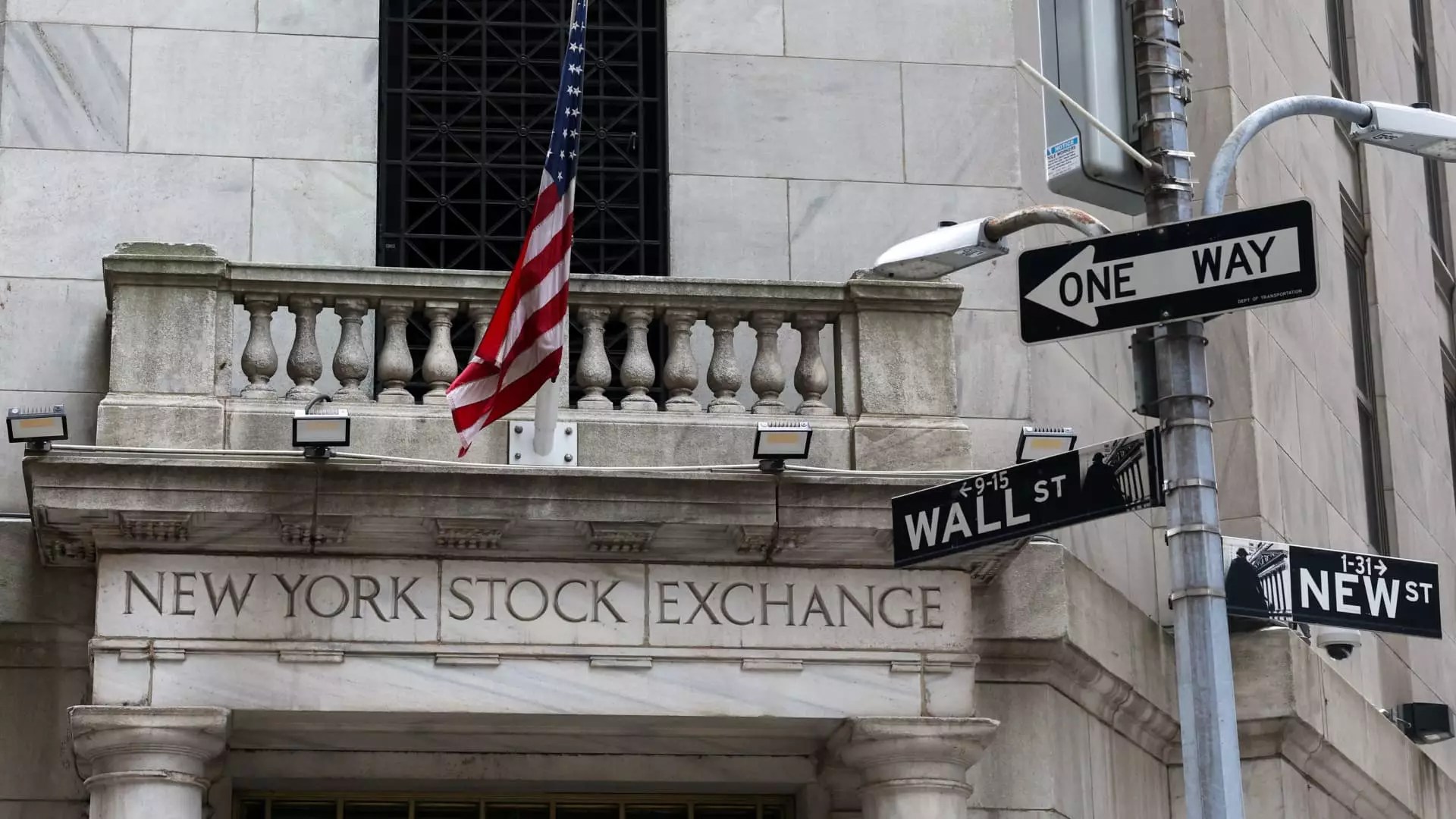The S&P 500 index stands as a towering beacon for investors, yet its valuation raises eyebrows across the financial community. According to Savita Subramanian, a strategist at Bank of America, current metrics indicate that the index is trading at approximately 21 times forward earnings—figures that soar about 35% above historical averages. For many, this signals a precarious state where caution should reign. The exhilarating recovery following the initial market plunge due to President Trump’s tariff announcements poses a question: How sustainable is this current valuation amidst the looming uncertainties of global economics?
A Shift in Market Dynamics
Examining the S&P 500 through the lens of its historical performance offers a distorted perspective. Subramanian argues that such comparisons are akin to evaluating apples alongside oranges. The makeup of the index has undergone a profound transformation over the decades, evolving from a heavily manufacturing-driven entity to one dominated by technology and service sectors. Asset-intensive industries, which constituted nearly 70% of the index in 1980, now account for less than 20%. This fundamental shift reveals an essential truth: the current iteration of the S&P 500 is not only more resilient due to its lower reliance on volatile sectors but is also characterized by improved profit margins and reduced debt load—a strong signal of its quality.
The U.S. as a Global Benchmark
Subramanian’s insights extend beyond mere statistics; they reflect a broader geopolitical landscape. The U.S. stock market commands a premium that, she argues, is justified by its robust balance sheets and superior growth potential compared to other global markets. With projections estimating that long-term growth in the U.S. could be double that of Asia and Europe, it’s hard to dismiss the inherent value of the U.S. economy. Investors should factor in this competitive advantage when exploring international opportunities, especially as they navigate a potentially lethargic global economy.
Structural Advantages and Responsible Investing
The notion of structural advantages within the U.S. market cannot be overstated. Indispensable elements such as energy independence, the U.S. dollar’s status as the world’s reserve currency, and significant liquidity position the American market uniquely in comparison to international counterparts. Together, these factors contribute to a compelling narrative for investors who prioritize stability and growth potential. Yet, it’s also wise to exercise discernment. While the tech sector continues to thrive, one must remain aware of its cyclical nature and the risks entwined with continued reliance on technology for market buoyancy.
Target Sectors for Strategic Investment
Addressing what this means for potential investors, Bank of America’s models emphasize sectors like communication services, utilities, and technology as viable paths forward. However, investors must approach these recommendations with a discerning mindset. Each sector carries its nuances and potential pitfalls, necessitating thorough analysis before making commitments. In an environment where valuations appear stretched, and market dynamics shift rapidly, choosing wisely could determine the difference between capital appreciation and financial stagnation.
Engaging with the S&P 500 in 2025 demands a well-rounded perspective. While optimism is prevalent, one must approach this expensive market with calculated caution, recognizing both opportunities and inherent risks.


Leave a Reply